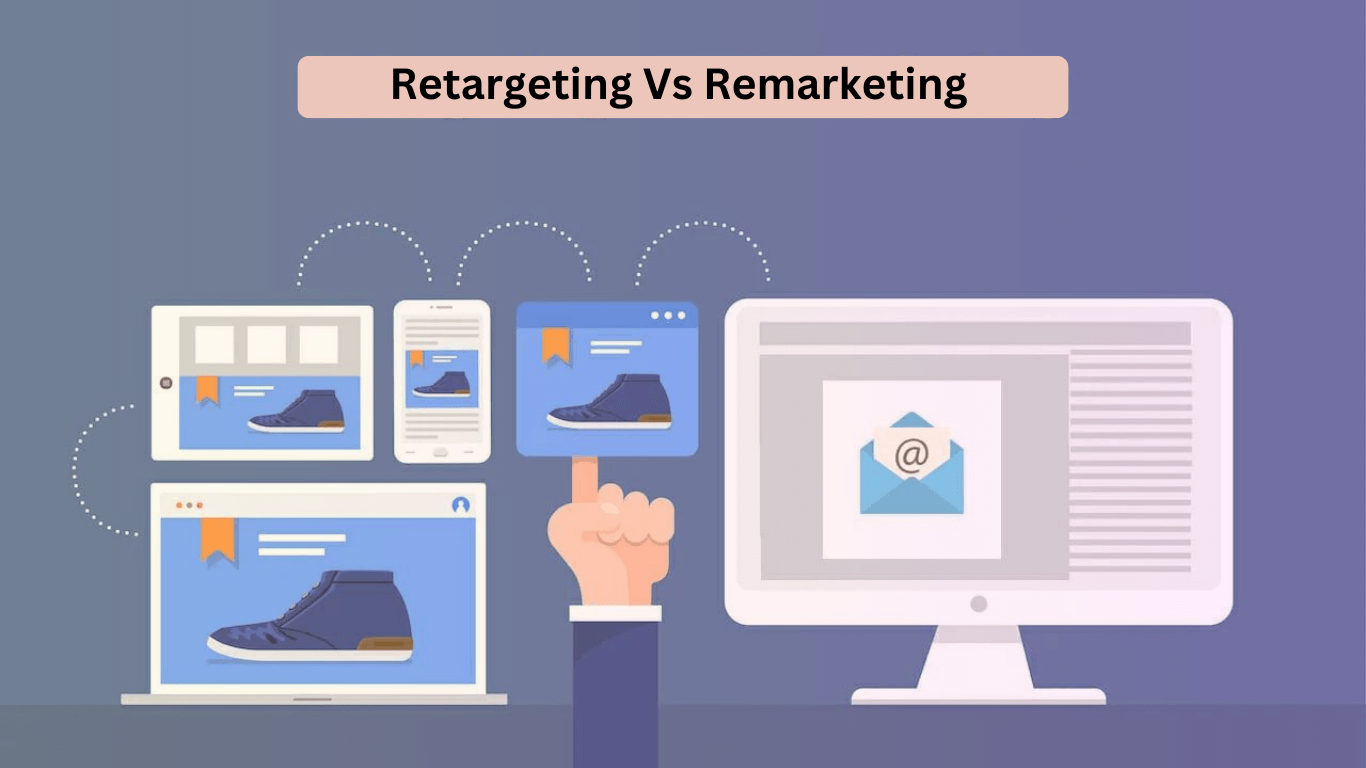For various compelling reasons, retargeting vs remarketing has emerged as an indispensable tactic in today’s scene. For example, customer retention is a goal of remarketing. You may use it to encourage repeat business from previous clients by offering them discounts, prizes, and suggestions tailored specifically to them. Both retargeting and remarketing provide a lot of room for personalization. You can send them more targeted content by dividing your target audience into smaller groups based on characteristics like their demographics, interests, and behavior. Information about user actions and interactions is gleaned using data-driven insight tactics.
This information may be used to better understand your audience. Hone your targeting, and fine-tune your campaigns for maximum efficiency (https://www.nashpush.com/blogs/retargeting-vs-remarketing-the-difference-you-need-to-know).
Retargeting and remarketing may give you an advantage in a crowded digital space. By helping you reconnect with prospective clients, you might have otherwise lost. Retargeting vs remarketing are valuable tools for sustaining interest, fostering connections, and boosting conversions in today’s noisy online environment. When consumers’ attention spans are short, and competition is high.
With Online Demand, they adopt a customer-focused approach, catering to today’s buyers seeking meaningful connections and addressing their needs.
The difference between retargeting vs remarketing
Reaching out to consumers who have previously interacted with your brand or website is a notion. It is strongly connected to retargeting vs remarketing. They’re commonly used interchangeably. However, there are minor differences.
Retargeting
The main goal of retargeting is to show relevant adverts to consumers who have visited your website or app. But did not make a purchase. Putting a tracking pixel on your site will allow you to target your visitors with relevant adverts when they use other services online or on their mobile devices. Retargeting tries to re-engage users and persuade them to do a specific action, like joining up or making a purchase.
Remarketing
Remarketing is an umbrella phrase for a number of different methods of reaching out to consumers who have previously expressed an interest in your brand. Retargeting is a part of it, as are other interaction channels, including email and push alerts. In remarketing, users are targeted with tailored communications across several psychics and mediums in an effort to sustain their interest and ultimately lead them to make a purchase.
Advertising campaigns that target users with the display. Social media advertising based on their prior interactions constitutes a form of remarketing known as “retargeting.”
Important parallels:
- Retargeting and remarketing aim to attract consumers who have already demonstrated interest in your brand to interact with it again.
- Both depend on users’ input and activity monitoring to tailor their communications.
Distinctive features:
- Retargeting is the practice of showing advertisements to consumers who have previously interacted with your website or app on third-party websites or applications.
- When we talk about remarketing, we’re talking about display advertisements, email marketing, push notifications, and other forms of individualized contact.
Conclusion
Remarketing is a larger strategy that incorporates numerous channels and strategies, including retargeting, to reconnect with and nurture prospective consumers. While retargeting focuses solely on ad campaigns to re-engage people via external display advertisements.

